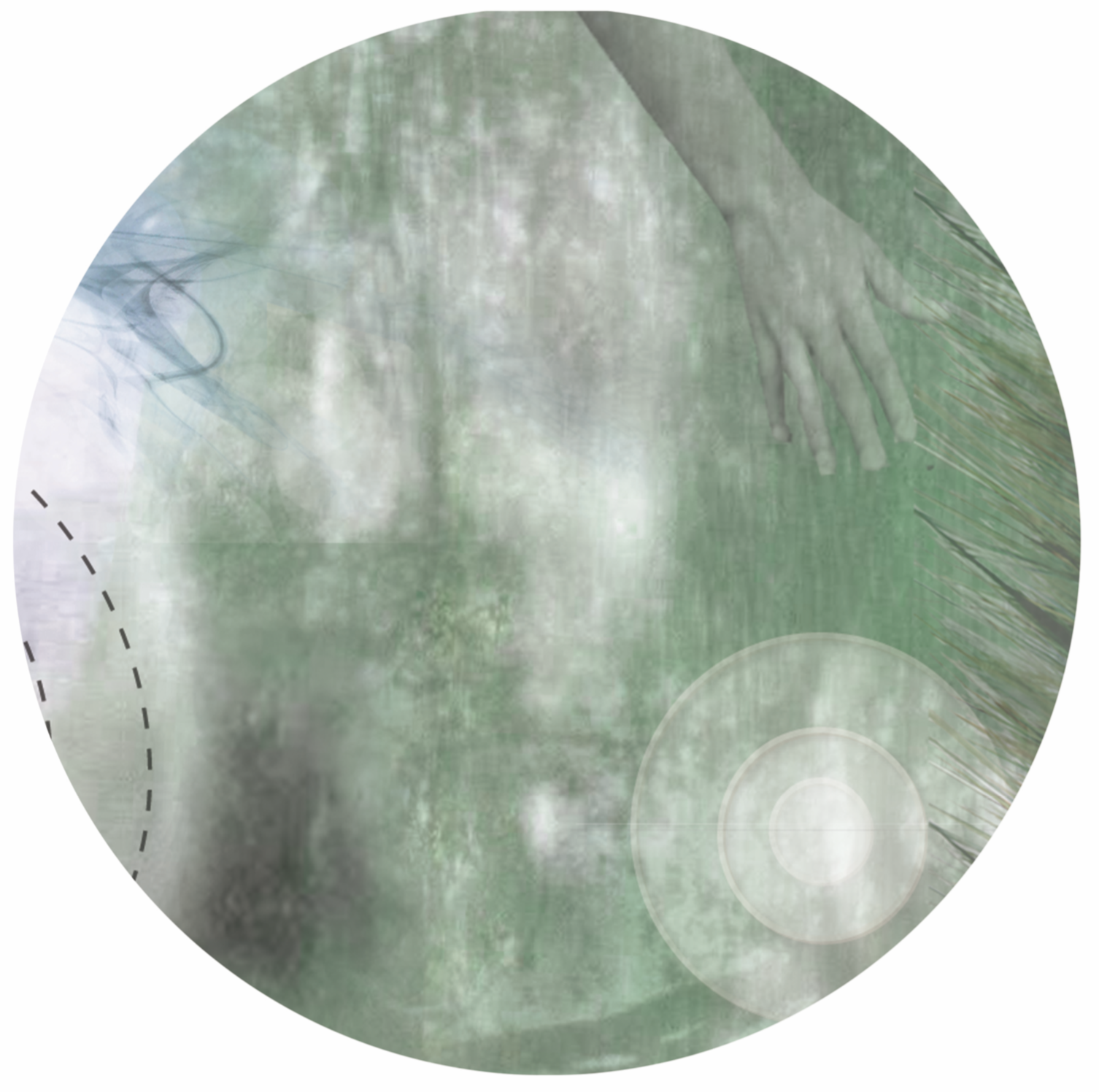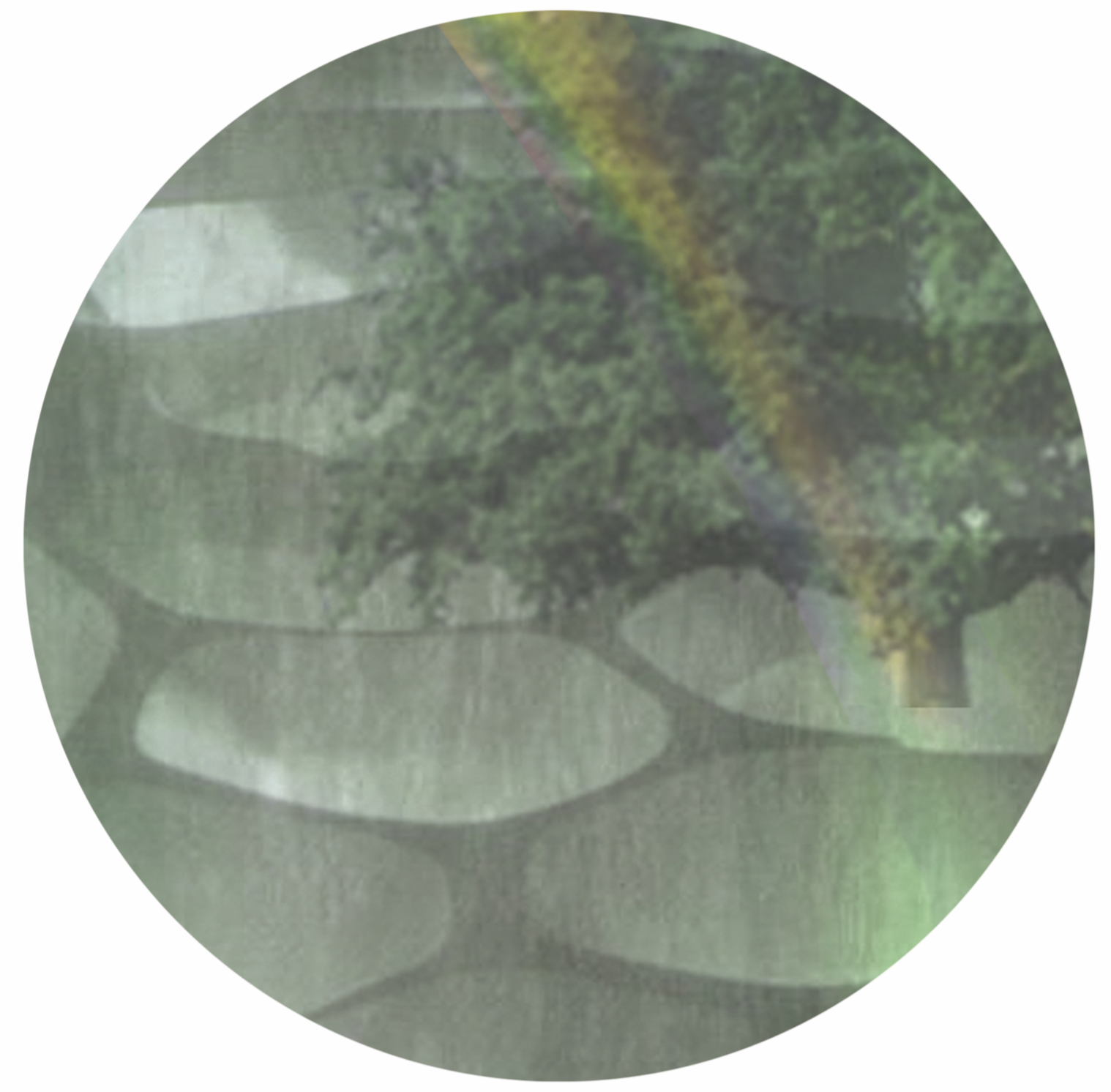Interactive garden 2009 – PROPOSAL
Several experts and theorists within the field of health, recovery and garden stated that loss of control is one of the most stressful experiences and at the same time biggest problems in the health recovery situation. We all need to feel that we have choice about what we can and will do, but hospitalisation removes much of that freedom.
The interactive garden project will build upon the ‘health garden theories’ and try to enhance the qualities recommended for supporting the healing process. Five concepts are described each addressing core issues of the healing process in detail. Together the five concepts create wholeness.
![]() Artistic Experiment Project
Artistic Experiment Project
5 concepts for an interactive garden
Gardens can enhance a sense of control, in the words of Clare Cooper Marcus and Marni Barnes. We all need to feel that we have choice about what we can and will do, but hospitalization removes much of that freedom. We have to give up control over what we wear, when we can eat, sleep, see other people, and our privacy and intimacy are affected. People with health concerns who are required to spend time in hospital commonly become less physically capable in their normal life and work as their social support is disrupted. Gardens offer a break from the hospital environment, which in itself offers a sense of control. Gardens can enhance that sense of control if they offer a variety of spaces to choose from – private as well as open spaces – some sunny, some shady – some with sounds, some with odors, some changing with speed, others changing slowly and so forth.
Loss of control is one of the most stressful experiences and at the same time biggest problems in the health recovery situation. The interactive garden project will build upon ‘health garden’ theories and try to enhance the qualities recommended for supporting the healing process.
Beneath five concepts are described each addressing core issues of the healing process. Together the five concepts create wholeness.
1. Difference within sameness
Abstract: The first concept is about difference within sameness and refers to subtle changes and calmness. Here, contemplation is a keyword and refers to thoughtful observation. Contemplation is a way to cultivate inner peace and calmness as well as calmness for eyes, touch and touching with a stimulating yet soothing quality. Contemplation is connected to hidden things that take time and patience to enjoy. Contemplation is a state of consciousness, which is connected to depth. This concept is closely connected to vision.
Quality connected to the healing process: Fascination. Attention holding. Less perceived pain, tiredness, drowsiness, and breathlessness. Tactile quality, walk on/ handle different surfaces. To be meditative, mesmerising and reduce negative emotions such as fear, anger, and sadness. To forget weakness.
Examples: Contemplation can be obtained through moving water, encouragement of visual scanning through repetition with variation, breeze, movement in grasses, kinetic sculptures etc.
Enhancements through design elements and interactive technology:
• Transparency, translucency: Concrete with optical fibres, Abstract moving sculptures/membrane
• Movements in front of you without a clear cause: Abstract moving sculptures/membrane
• Notion of depth: Changing light intensity, Abstract moving sculptures/membrane.
2. Choreography of sensations
Abstract: The second concept more closely connected to layers than depth itself. The ability to connect different nodes throughout space thereby becomes an important issue. It creates a sense of continuity, affinity and familiarity. It opens up different ways of looking at the garden and moving through the garden space. You can concentrate on one node to visually focus on depth for contemplation or follow the rhythm of several nodes to ‘play’ between layers. The idea is to create a choreography of sensations. A choreographic approach gives a storyline in space and provides the possibility to know where to go next. Not in a commanding way but in a way that invites us to move on. Keywords in this category are space, network and the making of connections. This concept is connected to sense experience– vision, olfaction, hearing, touch.
Quality connected to the healing process: Positive experiences from movement. Regain control. Relieve stress, recover intuition. Appeal to senses and spirit. Retain intellectual, emotional, motor function.
Examples: Choreography of sensations can be obtained in different ways and work with compositions, harmonies and patterns that you as a ‘spectator’ can follow. This is connected to the happiness of recognition and seduction.
Enhancements through design elements and interactive technology:
• Celebration of ones presence: Immediate actualisation through located events
• Playful seduction: opening pathways made by sensors and actuators
• Changing sensations: scent, sound, temperature and texture changes.
3. Control (or escape)
Abstract: The third concept is about the ability to take control over ones actions and choices. It is strongly connected to the other four concepts. An important issue in this concept is to make sure that patients have the feeling that they are not only in control but their actions and choices have consequences. The garden will respond to actions not in a judging, controlling or submitting way but through positive response . The patient will be at the centre of attention and actions. The garden will provide a feeling of control in relation to the idea of the future, in this case the very near future, to make sure it seems fruitful and will nurture hope.
Quality connected to the healing process: Opportunities for escape from stressful clinical settings (Ulrich, 1999; Cooper-Marcus and Barnes, 1995). Enable active engagement in creating environments anddirect connection to natural/physical environment for stress reduction. Ability to find solitude and peace. Individual experience. Improved mood.
Examples: Participation and influence like picking flowers in a garden and arranging them to your liking, or positioning furniture in a room. Meaning is given through use.
Enhancements through design elements and interactive technology:
• Plants/objects responding to movement/presence: Immediate actualisation through located events.
• Awaiting dialogue: sensor technology waiting, a responding tree or a chime spinning.
4. Time as fourth dimension
Abstract: The fourth concept is about time, rhythm, memory and traces. The notion of time can be approached as one continuous process or divided. Time itself is measured according to the eternal cycles of the sun and moon but the work of the intellect divided time into seconds, minutes and hours, which time that controls the hospital space. This imposes boundaries that lead to the death of the timeless moment and conscious participation in the immediacy of experience. Human thinking exists in our simultaneous desires to pursue both the uncontrollable flow of time and the perfection of pure control. The garden will focus on time as continuous and rhythmic and thereby function as a counterpart to the controlled time of the medical and technological healing system.
Quality connected to the healing process:Reconnect to Life’s rhythms and cycles. Colour facilitating shift in consciousness. Recover intuition. Relieve blood pressure, heart activity, muscle tension, and brain electrical activity (Ulrich, 1981; Ulrich et al., 1991).
Examples: Changes that happen in circular movements. Collective memory ofshared experiences of changing stages of life, time of day and seasons. Realm for reflection: beauty, eternity, timelessness, and mutability of existence.
Enhancements through design elements and interactive technology:
• Growth: Generative elements controlled by algorithms. These algorithms could be based on memory and traces gathered in the garden or in the hospital.
• Circles of changes: Changes connected to the rhythms of days, months and seasons.
• Memory of your last visit: You can leave a mark that will be more or less visible next time.
5. Journey (to recovery)
Abstract: The last category is about the journey to a different location, state of mind, stage or level of recovery. The garden does not promise recovery but the concept will address the layout of all the elements in the garden and the possible movement through space as a journey. There will be a layout of continual choices of pathways without any clear rights and wrongs – the choices are meant to bring control to the ‘wanderer’. In the garden there will occasionally be an aesthetic climax and thereby catharsis if certain events occur in a specific order within the garden.
Quality connected to the healing process: Foster movement, exploration and transition. Physical movement and exercise. Fostering access to social support and privacy. Ability to reach a destination.
Examples: Walking through labyrinths, where you either come out on the other side without looking back or you come back to the starting point with new knowledge and insight. Life journey as collective destiny.
Enhancements through design elements and interactive technology:
• The layout of garden elements: Highlighting the choices
• Memory of the pathway: Technology that can monitor actions and events. (Not video surveillance)
• Climax/Catharsis: Special events happening relating specific combinations of events in the garden. Connected randomly.
Credit
Design and concept: Hanne-Louise Johannesen, Michel Guglielmi and Molly Price




